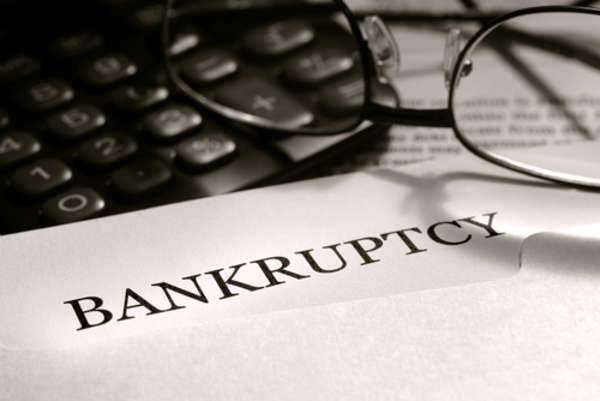
Bankruptcy Information Background:
Bankruptcy laws aid people who can no longer fulfill their payment obligations. Bankruptcy laws enable people consumed with debt to liquidate their assets or structure a repayment plan—both of these endeavors offer the borrower an ability to satisfy loan or debt obligations while mitigating the stress associated with financial hardship.
The majority of bankruptcy cases are filed under the three primary chapters of the United States’ Bankruptcy code—Chapter 7, Chapter 11 and Chapter 13. In the U.S., the Federal court system has exclusive jurisdiction over these cases; this denotes that a bankruptcy filing cannot be filed in a state court.
The primary purpose of Bankruptcy law is to achieve the following:
• Bankruptcy law gives an honest consumer of debt the ability to secure a fresh start in their financial life, by relieving the debtor of most payment obligations
• Bankruptcy laws enable the consumer of debt to repay their creditors in a timely manner to the extent that the individual has properly satisfied his or her repayment schedule.
Bankruptcy Information: Process of the Bankruptcy Filing
A bankruptcy filing will begin when the debtor files a petition with their corresponding bankruptcy court—important bankruptcy information to take note of, is that the individual will file the case with their local court, but the court itself, is a federal venue.
A bankruptcy information petition may be filed by an individual holder of debt, by a husband and wife together, or by an entity, such as a corporation. Additionally, the debtor is required to file statements that elucidate all income, liabilities, assets and the names and addresses of all creditors and how much they are owed. The filing of this information prevents creditors from engaging in debt collection actions against the individual and his or her property. As long as this impediment stays active, bankruptcy information cites that the creditor cannot file lawsuits, engage in wage garnishing, or make telephone calls demanding repayment. A creditor will receive notice from the clerk of the respective court that the debtor has filed for bankruptcy—this notice, according to reputable bankruptcy information, will impede the creditor from contacting the debtor.
Types of Bankruptcy Filings:
Some bankruptcy petitions are filed to enable a debtor to reorganize their debts and establish a strategy to repay their creditors. Other bankruptcy petitions are filed to initiate a liquidation of assets—the funds gathered from liquidation are then used to satisfy payment obligations. In the majority of cases involving the liquidation of an individual’s property, where the money obtained from liquidation is not enough to satisfy the outstanding debts, a debtor typically is granted a “discharge” of most debts without objection. This action removes personal liability from the debtor; the individual is no longer responsible for repaying his or her debts.
In other situations, bankruptcy information, will necessitate the filing of a bankruptcy case. These filings will litigate over matters concerning ownership of the said property, what it is worth, how it used, how much is owed and whether the debtor should be discharged from the underlying debts. Litigation in the bankruptcy court is conducted in a similar way to how a civil case would be handled in a district court setting—discovery, pretrial proceedings, settlement efforts and a trial are all undertaken.





















